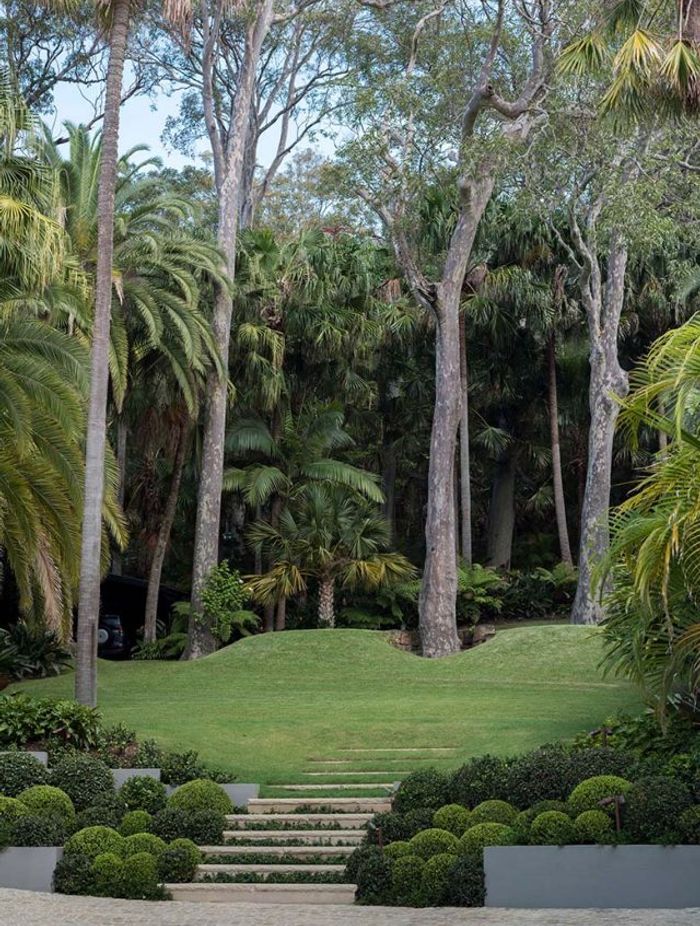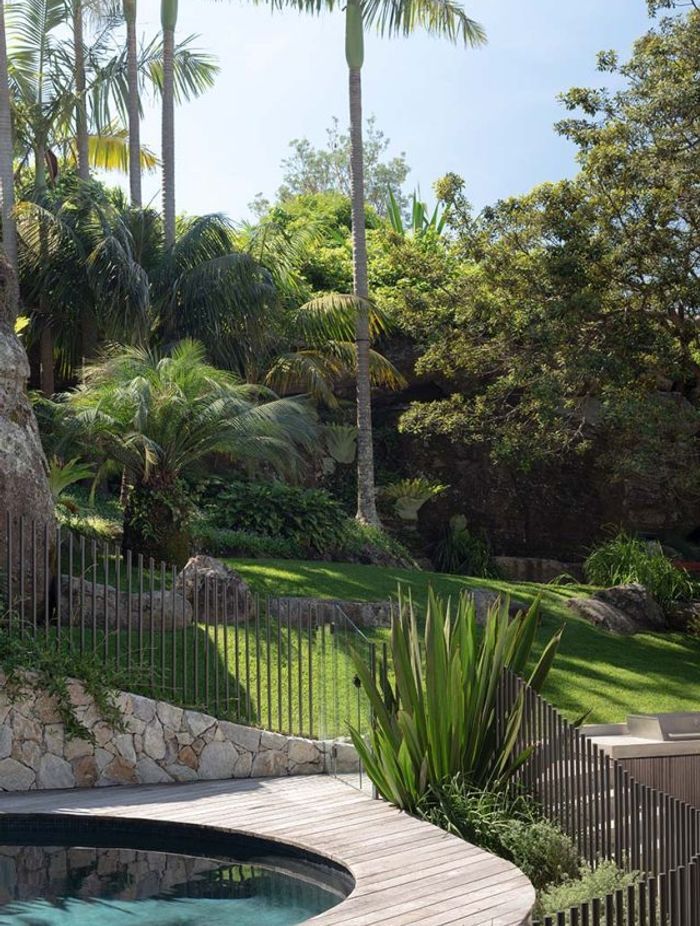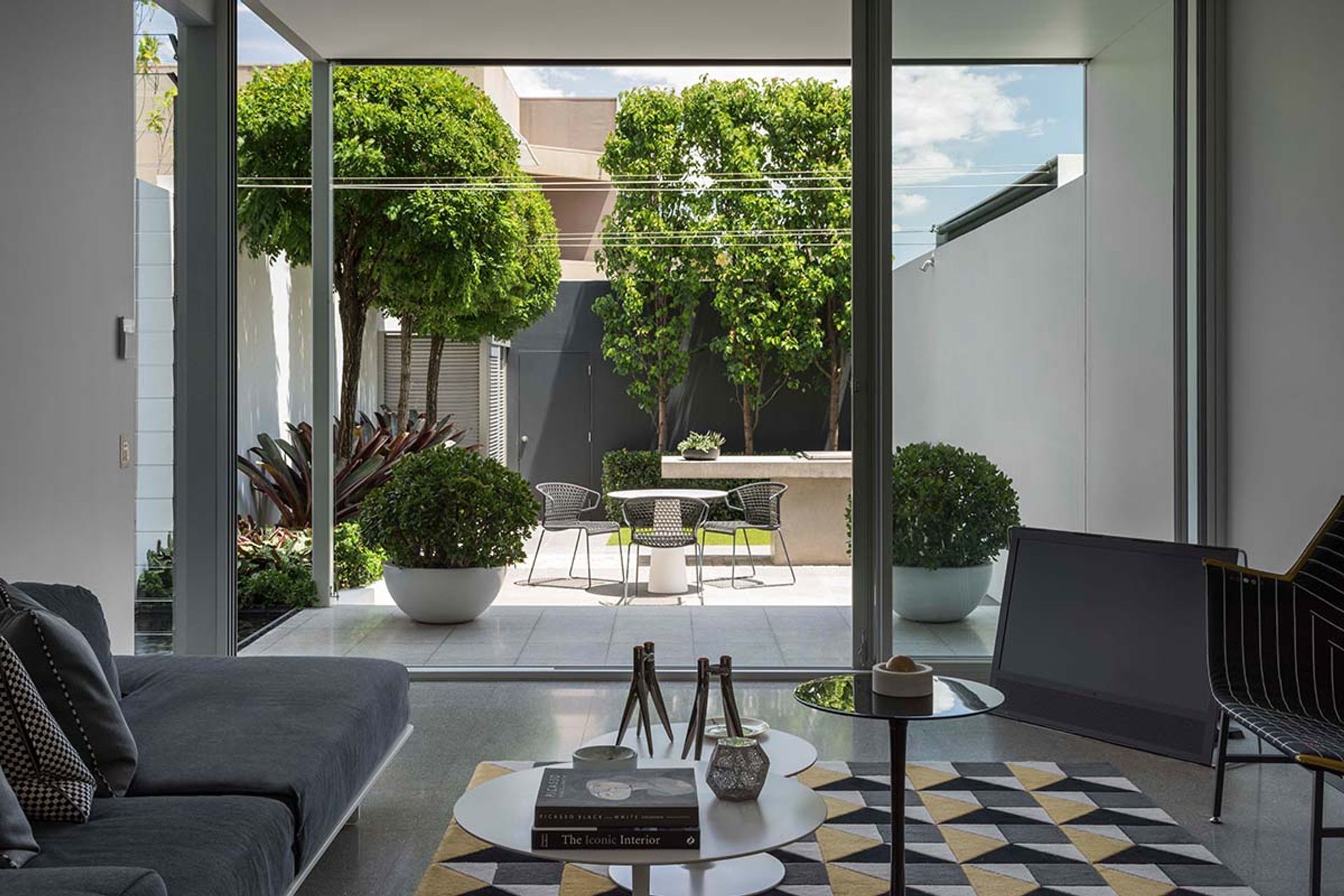Making Connections: The importance of Landscape Design

If there’s one thing we’ve learned in the past couple of years, it is how interconnected our world is. Whether it’s something as obvious as how we relate to family members, the networks we build in our communities or how a microscopic virus can hop between humans with relative ease, nothing exists in isolation.
Until recently though, there has been a real lack of understanding of the connection between the built and natural environments, particularly with regard to residential design. Landscaping was often treated as something of an afterthought, if the budget allowed. It’s a concept that Secret Gardens Landscape Architect Nicole is familiar with.

“I grew up not realising the importance of landscape architecture and design until I started studying it at uni,” she says. “I originally went into the field wanting to transfer into architecture but then I fell in love with landscape architecture because of the emphasis on people and the landscape, not just people.”
Nicole is part of a new generation of landscapers who are seeing more emphasis on a holistic approach to design where the whole site – even the whole neighbourhood – is considered.

There’s a shift towards landscape design being just as important as house design. It’s more integral to the discussion and it’s important to see how both are intertwined.
“There’s a shift towards landscape design being just as important as house design,” she says. “It’s more integral to the discussion and it’s important to see how both are intertwined. It transforms a space into a place. It’s one of the practical things I learned at uni – creating places, not spaces.”
While not a lot of us enjoyed the COVID induced lockdowns, Nicole says it did give many a greater appreciation for the rejuvenating benefits of outdoor space on both body and soul. For most, that involved a visit to a local park or spending time in the garden at home. In other words, they were managed green spaces rather than open bushland. But there are design lessons to be taken from less controlled landscapes that can be applied to residential gardens.

When you work with an experienced landscape design service, they are considering your site from a range of perspectives, from the way the garden relates to the house and the way friends and family enjoy and move through it, as well as the habitat it provides for native animals and insects. Nicole says this more nuanced approach is the way forward for landscape design, offering more beautiful, more functional outcomes for a diverse group of people, plants and animals.
“A lot of people have yards but it’s not just a hedge and some lawn – it’s a green outlook. For some people, it’s a nuisance to be maintained whereas for landscape designers, we think about all the different stakeholders,” says Nicole.
- Instead of thinking of your garden design in isolation, consider how it relates to the whole site, and even the whole neighbourhood
- It’s easy to become focused on our own immediate needs but gardens also provide valuable habitat for birds and insects, as well as people. Understand the role your garden plays in green corridors as part of the wider landscape
- It is already happening in commercial spaces with the introduction of designed roof gardens and plant-filled atriums. Look for ways to blur the lines between house and garden
- For large building projects, design for landscaping from the start for a cohesive result between house and garden

